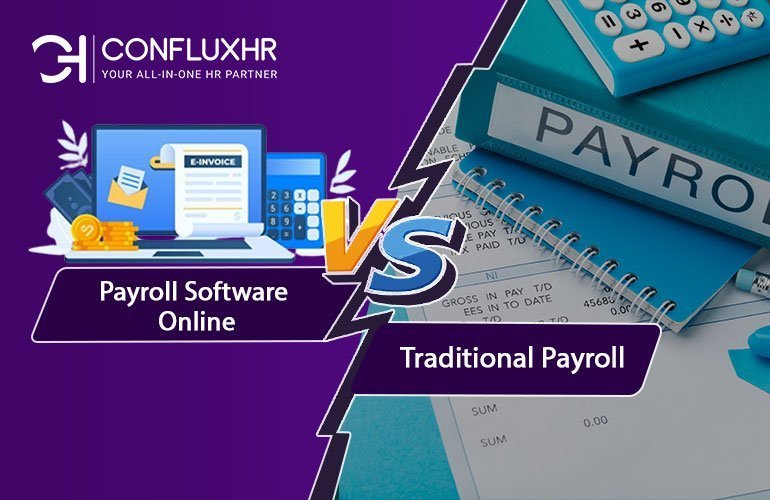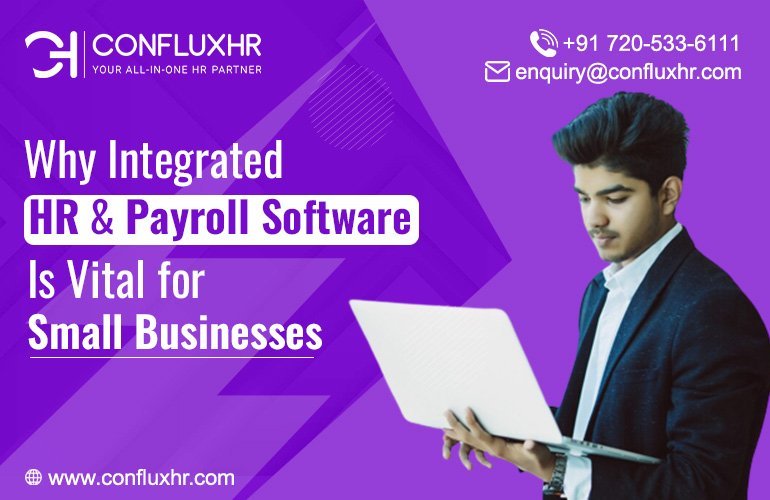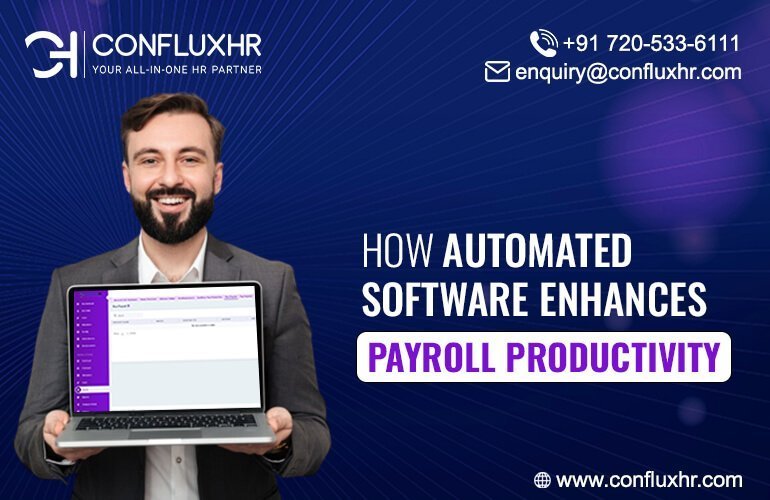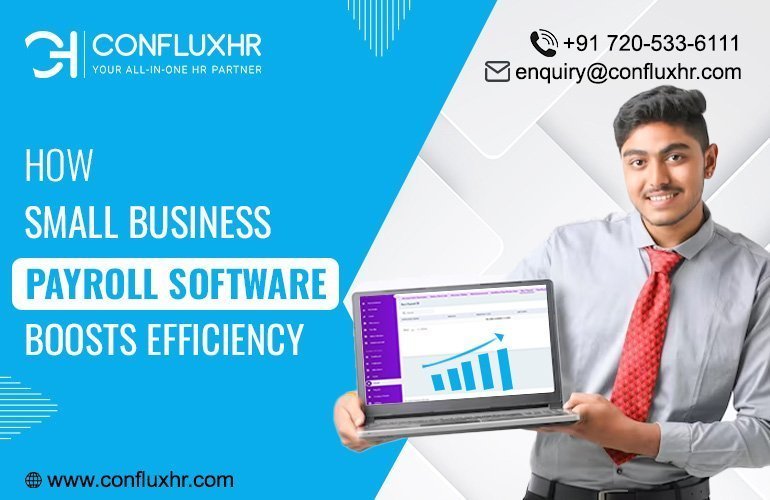In the fast-paced world of small business operations, efficiency is the key to success. One area where efficiency matters greatly is in managing employee attendance and payroll. Small businesses often operate on tight budgets and have limited resources, making it crucial to maximize productivity and minimize administrative overhead. That is why a software solution for managing attendance and payroll is a small business necessity.
The Role of Attendance and Payroll Software
Attendance and Payroll Software, often called HRMS (Human Resource Management System) software, is a technological marvel that streamlines HR (Human Resources) processes related to attendance tracking and payroll management. It combines various HR functions into a single, integrated platform, offering small businesses a comprehensive solution to manage their workforce efficiently.
Key Features
Here are some of the vital aspects that makes software’s for managing attendance and payroll indispensable for an entity:
- Automated Attendance Tracking: Manual attendance tracking through spreadsheets and timesheets is prone to errors and time-consuming. Attendance and Payroll Software automates this process, allowing employees to clock in and out digitally. It captures precise work hours, reducing the chances of errors.
- Payroll Processing: Calculating salaries, taxes, deductions, and benefits manually is a tedious task. HRMS software automates payroll processing. It calculates these figures accurately, ensuring employees are paid correctly and on time.
- Leave Management Integration: Integrated leave management ensures that leave data syncs with payroll calculations automatically, eliminating discrepancies and ensuring accurate employee payments, even during time off.
- Employee Self-Service Portal: Employee empowerment is critical to modern HR. Software’s for payroll and attendance offers a self-service portal where employees can access their payroll information, view pay stubs, and update personal details. This reduces HR’s workload and enables employees to manage their payroll-related queries independently.
- Customizable Configurations: Every business has unique HR needs. HRMS allows allows HR professionals to customize configurations based on the organization’s structure, policies, and requirements. This flexibility ensures the software aligns perfectly with the business’s payroll processing needs.
- Data Security and Compliance: Handling sensitive payroll data demands stringent security measures. HRMS software prioritizes data security through encryption, access controls, and compliance with data protection regulations. This ensures that payroll data remains confidential and secure.
- Integration with HR Functions: HRMS software’s integration with other functions creates a cohesive HR management ecosystem. This integration allows for smooth data flow between different HR processes, reducing redundancies and enhancing overall efficiency.
A Necessity for Small Businesses
Now, let’s delve into why HRMS is not just a convenience but a necessity for small businesses.
- Time-Saving: Small business owners and HR professionals wear multiple hats. Automating attendance and payroll processes saves valuable time, which can be redirected towards strategic tasks and business growth.
- Error Reduction: Manual processes are error-prone. Payroll mistakes can lead to unhappy employees and legal issues. Attendance and Payroll Software drastically reduce the chances of errors, ensuring employees are paid accurately.
- Cost Efficiency: Small businesses operate on tight budgets. HRMS software reduces administrative costs associated with payroll processing and attendance tracking. It also minimizes costly payroll mistakes.
- Compliance: Compliance with tax regulations and labour laws is crucial. HRMS software automates tax calculations and ensures adherence to legal requirements, reducing the risk of non-compliance and penalties.
- Enhanced Productivity: Employees’ productivity can suffer when manual processes are in place. Automating attendance and payroll management allows employees to focus on their core tasks, boosting overall productivity.
- Employee Satisfaction: Timely and accurate payroll processing boosts employee satisfaction. It fosters a positive work environment when employees are confident they will be paid correctly and on time.
- Data-Driven Decision-Making: HRMS software’s analytics and reporting capabilities provide valuable insights for HR professionals and business owners. Informed decisions can be made based on data rather than intuition.
Choosing the Right Software
Selecting the right Software Solution is essential. Consider the software’s features, scalability, user-friendliness, customer support, and cost before deciding.
Conclusion
In today’s competitive business landscape, small businesses need every advantage. Attendance and Payroll Software offers a streamlined solution for managing attendance and payroll, saving time, reducing errors, and enhancing employee satisfaction. It’s not just a convenience; it’s a necessity for small businesses looking to thrive and grow.
Are you ready to transform your small business’s HR operations?












